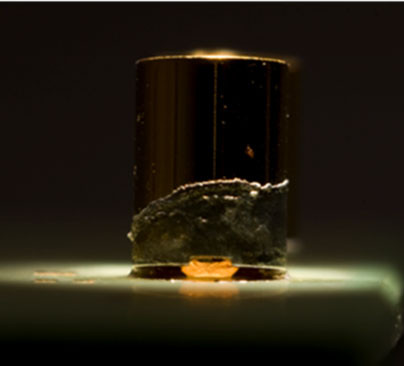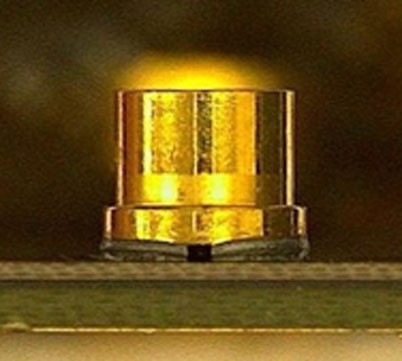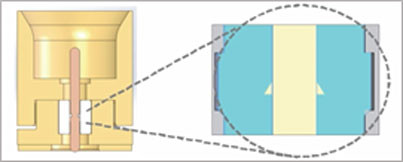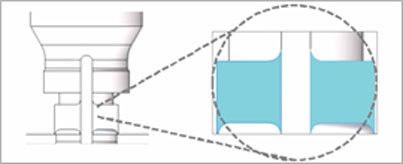03-06-2025 | SV Microwave | Industrial
Discover SV Microwave’s Reflow Stable RF PCB Connectors and their crucial role in preventing mechanical warping through the solder reflow cycle. Read on to learn more about the manufacturing processes, components, and applications for these connectors.
The primary advantage of glass-sealed insulated connectors over traditional PTFE insulated connectors is their ability to maintain mechanical integrity and durability during the solder reflow cycle. During this process, PTFE connectors often suffer damage and distortion, while glass-sealed connectors offer superior stability. For engineering companies working on large PCB designs, frequently replacing damaged connectors can be a hassle. Glass-sealed connectors are designed to maintain integrity throughout the reflow cycle, offering multiple benefits:
The RP height is the distance from the cable connector's bottom to the board. Minimising this height is challenging, but the company has successfully addressed this issue.
Using PTFE, the common dielectric for PCB connectors, often results in growth throughout the solder reflow cycle as the PTFE material cannot withstand the high temperatures found in a solder over. This can cause connectors to 'pop' off the boards, affecting signal integrity and necessitating expensive rework and product replacements.
When comparing materials used in PCB glass connectors to regular PTFE PCB connectors, it is easy to see why the company employ the Kovar and Corning 7070 Glass Combo. The coefficient of thermal expansions (CTEs) of Kovar and Corning 7070 Glass are closely matched, unlike the more varied CTE of PTFE. Similar CTEs mean minimal damage during heating as materials expand and contract at comparable rates. PTFE expands more than the Beryllium Copper body due to their varying CTEs, causing more damage. Also, Corning 7070 Glass has a melting temperature of approximately 1068C, far higher than PTFE’s range of 315-399C.

PCB Connector with PTFE tilting and lifting off board during solder reflow

Reflow Stable PCB Connector during reflow. The connector stays firmly on the board
The solder reflow oven temperature profile for Sn96 solder, one of the higher-temperature solder types, reaches around 250C, nearing the melt temperature of PTFE. This makes PTFE prone to warping and popping off the board, emphasising the necessity of Kovar and Glass sealing.
The company’s glass-sealed connectors offer several design enhancements:

PTFE With Barb

Kovar/Glass
These glass-sealed connectors are ideal for:
These applications often involve large PCBs, where the cost savings from reduced replacements outweigh the higher initial cost of glass-sealed connectors.
Explore our reflow stable products.
The company’s connectors stand out for their high precision and consistency. It collaborates with top-class fixture vendors and offers custom configurations to meet customer needs. Our commitment is to deliver the best possible product, ensuring reliability and performance.
For any questions or assistance in selecting the right RF connector for your PCB board, the company’s sales team can help.
